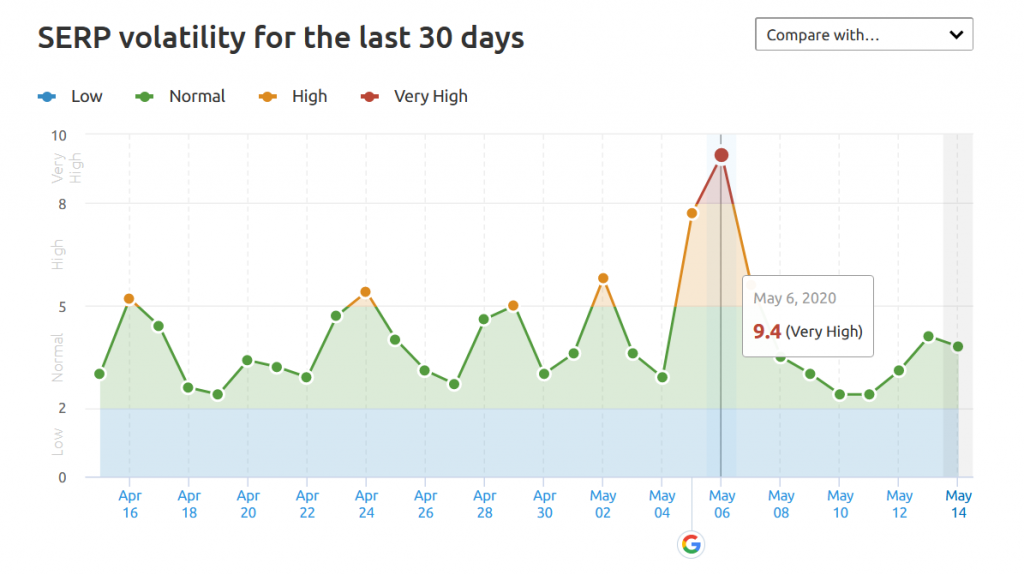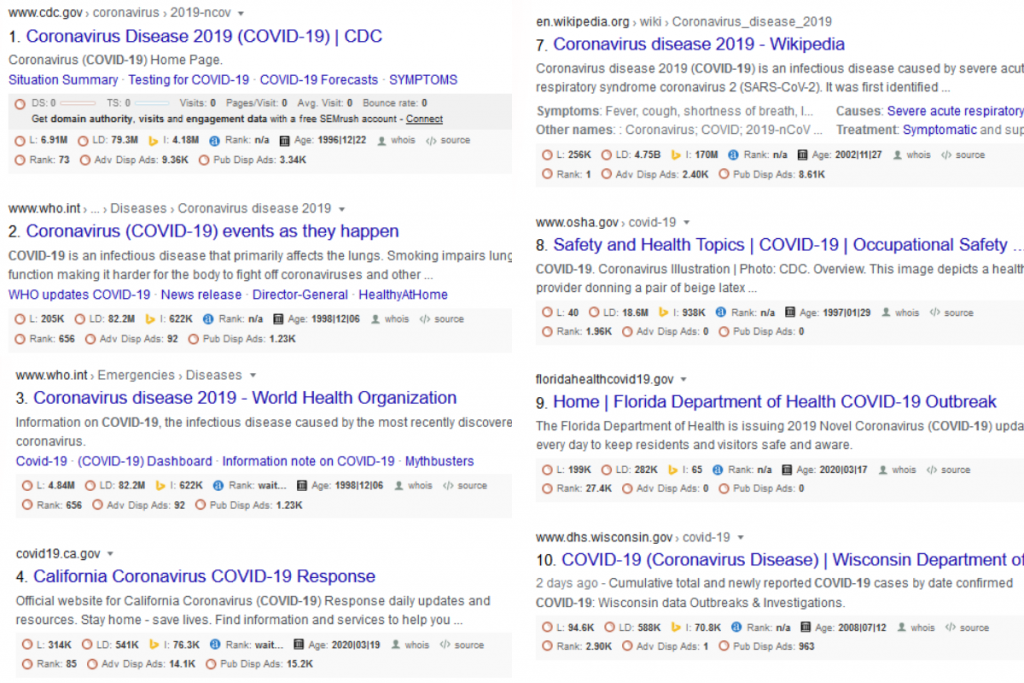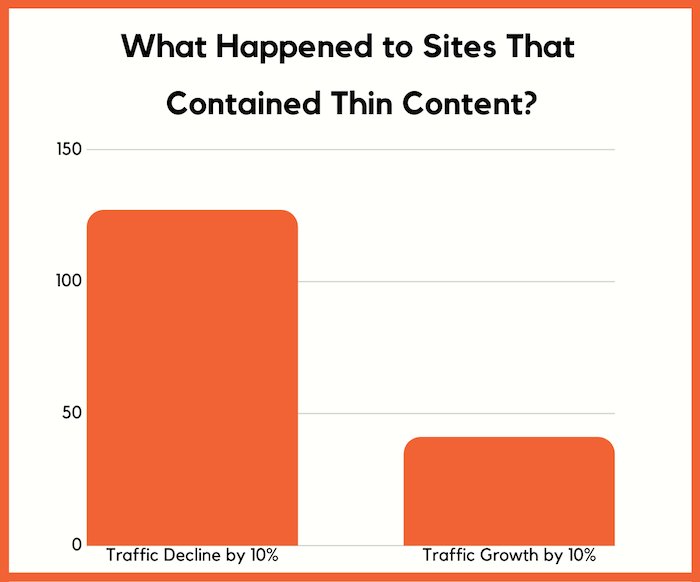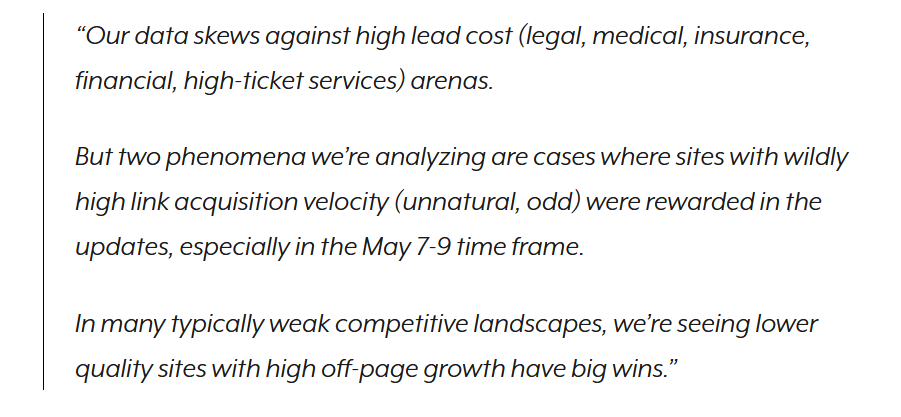May 2020 Core Update Explained
Google has over 200 ranking factors at the moment. They are so many that nobody knows all of them. Some are hidden, other widely known, and a few more that are not even acknowledged by Google, like links and domain authority. Google needs to keep things updated all the time as things change. With so many factors, small updates happen every day but, the May 2020 Core Update is a bit different so we’ll make sure it’s properly explained below.
Core updates are hugely different from regular ones. This kind of updates are significant changes to the way the algorithm operates, and the way sites rank. Such updates are often talked about in advance so webmasters know how to prepare. Even if that’s true, every core update causes a ravage in the way site owners act.
We’ll make sure to explain this update in detail and offer a few suggestions that can better prepare you for future updates.
A Look at The May 2020 Core Update
Whenever a core update happens, some sites lose rankings massively while others gain them. The Penguin Update was meant to fight spam, while the Speed Update was meant to push people to optimize the speed and mobile-friendliness of their sites.
The May 2020 Core Update brought a lot of SERP volatility with it. It’s an update that focuses on content more than anything. Sites and webmasters that focus all of their resources on quick gains through link building got hit the most. Therefore, this update further reiterates the importance of quality over quantity.

The update was released on May 4th but it took over a week until it was fully implemented, as Google made sure to mention beforehand. In the beginning, the SEMrush Sensor caught tremendous volatility, with a high score of 9.4 out of 10. It’s been over a week since and the things started settling a bit, the volatility being only 3.8 at the time of writing this.
As with anything, some industries have been more affected than others. Travel, Real Estate, Health, Pets, and Society got the biggest blow out of all, with the highest change in SERPs of 60% for travel. News experienced the lowest change of only 13% out of all the niches. This is probably due to Google’s support for “Authoritative News Sources” like CNN and NYTimes, ensuring their ranks all the time to the detriment of independent journalists.
By assessing the first winners and losers of this update we can also notice that some changes have been inspired by this Covid-19 Pandemic. That’s why travel and health have seen the biggest changes right now. If we run a search on “covid-19” or even “covid-19 news” we can easily notice that most of the top 10 pages are either governmental or the World Health Organization, with a few instances of CNN. This is due to Google’s desire to offer only valuable information to its users.

However, besides this pandemic-focused angle, the May 2020 Core Update also puts huge importance on content.
Content Quality – Even More Important
Google is always talking about the importance of having solid content on your site. If you have generic and hollow articles that don’t provide much value it’s going to be pretty hard to rank high, especially now. If your main focus is on anything other than content then you potentially experienced some changes with this update.
Updating Content
A lot of webmasters only create an article and never update it again. Of course, in some niches, you can’t update your content. If you write a travel-related article about a city, you can’t really improve the article and add new content since it’s about your experience, in that place, at that time.
But, in most cases, the validity of the information you mention in an article can change, as things evolve in the world around us. If you write an SEO beginner article in 2020, that same content is not going to have the same value five years from now. Since Google is only looking for updated and valuable information, outdated articles certainly experienced a drop in rankings with this algorithm change.
Constantly updated sites even experienced an increase in rankings, while the outdated ones got demolished. However, updating an article doesn’t mean only changing some sentences and pictures. Truly refurbishing a piece of content means redoing the research all over again, including new paragraphs, and eliminating outdated ones while making sure that the whole information is relevant for today’s standards. You should think of your articles just like a Wikipedia thread that’s renewed constantly as new data is being discovered.
You can’t find a fully definitive guide on content updates at the moment. But, there are a few things you can follow to make sure your articles provide the most value.
If your article is older than a year, you should update the content and make sure it only includes the latest information or maybe even delete the page entirely. Relevancy plays an important role in rankings so don’t be afraid to improve your articles. Also, if you think you can improve the article by including new elements like infographics or instructions, don’t hesitate to do that. Rather than writing a new article, you can update your already-indexed one to rank it higher.
User experience is also highly important. Even if word count helps rankings, try not to add extra irrelevant information. Make your article is as simple as possible and double-check if the links you included are still live. Dead links will only create a bad user experience. Moreover, if the article talks about a certain time frame at the present tense, make sure that’s replaced. You only want to provide the latest data.
Thin Content
A lot of webmasters and SEO professionals have noticed that pages with thin content also got affected by this update. According to Neil Patel, over 30% of the sites with thin content that he analyzed noticed a considerable drop in rankings. These are sites with a minimum of 1000 page views a month that are 3 times more likely to be negatively affected due to their thin content.

Certain pages, even if flagged as thing content, can’t be changed. You can’t add more content to your category or taxonomy pages since they act more like a database rather than a content page. But, you can make sure that your most important pages like the homepage and your articles have a solid amount of words. 1000 words is considered to be a good amount by most experts.
There’s one major problem with this, however. Sometimes you can convey a point in only a few hundred words, rather than writing a huge article full of nonsense. Way too many webmasters focus on the word count rather than the value provided. This is the wrong way to approach the situation, even if Google likes “in-depth” (long) articles. But, if you can convey the same information in 500 words do that, instead of writing something that’s 1000 words.
You also need to consider the search intent when writing something. If you write a tutorial on how to tie your shoes, you need to make it short and include as many pictures as possible. But, if you write a full link building campaign tutorial don’t hesitate to go in-depth and provide more value. Make sure that your paragraphs are clearly defined through headers and sub-headers to simplify navigation
If you don’t need to add any more words, don’t do it. Make your point as simpler as possible. The more irrelevant verbiage that you include, the more your user experience will get affected. People would rather find the answer in a single paragraph than to read a whole post – that’s why the Google Featured Snippets are such a huge success. Also, make sure to look at what your competitors are doing. If their high-ranking article is a long one, it might mean that Google prefers in-depth information for that specific keyphrase.
Website Errors
As explained above, the May 2020 Core Updated greatly focuses on content and the experience of users. Content is a key part of this but so is the website performance. If your site has lots of errors, the user experience will be hindered.
A lot of the errors that got hit by the new update deal with duplicate title tags and meta descriptions. You must make sure that your descriptions are unique. Not every site needs to be perfect and some duplicates don’t need to be changed. But, at least make sure that the tags and descriptions of your main pages and articles are unique.
Local Search
According to the Search Engine Journal and MarketMuse, local search engine pages also noticed considerable volatility. Against the contrary belief of White Hat SEOs, and the content-focused tips mentioned above, sites with unnatural link purchases actually ranked higher in local searches.
MarketMuse mentioned that even if these sites have notable link acquisition techniques and unnatural off-page profile, they still managed to rank higher in the May 7 to May 9th period. Moreover, in niches with minimal competition, sites with huge off-page work scored the biggest increases in ranks.

Aggregator sites also experienced some considerable wins in their related niche. This is contrary to what most people expected but it can signal a shift in search intent. Currently, because of their link profile or domain authority, Google might perceive these pages as more valuable but this might change over the next couple of weeks.
Regarding the local search, the legal niche experienced the biggest changes. This is probably due to the high competition both from organic but also paid search. The link situation in this niche is always volatile, potentially explaining the considerable changes.
Conclusion
Small algorithm updates happen all the time. As we explained above, the May 2020 Core Update brings more substantial changes and emphasizes content and the user. You never know if such an update is going to impact you substantially but you can always prepare yourself for future changes by making sure you’re only using the best SEO practices.
Each update is different but the things we mentioned above mostly focus on user experience. If you provide the most valuable content and update it constantly there’s no way you’re not going to be more favored by Google. Try avoiding thin articles as much as possible too.
Your main focus should be to provide a user experience that’s better than one of your competitors. If you do this and only focus on the long run, no update is going to impact you majorly.